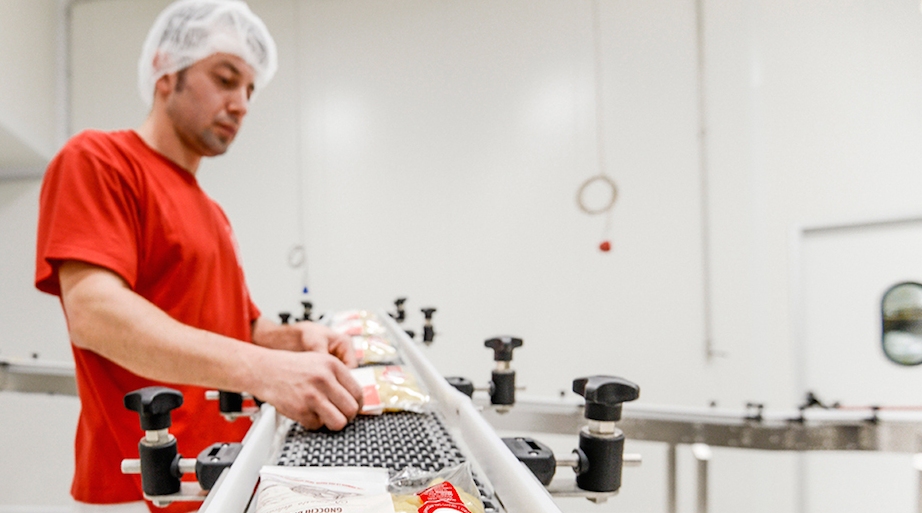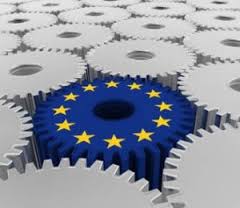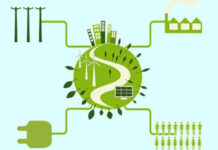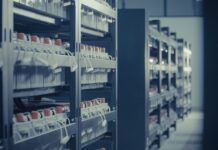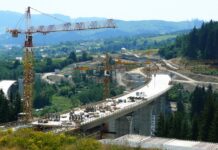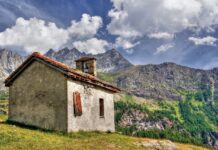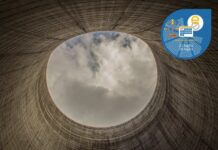Efficiency and CO2 reduction in food production. Pastaio. Maffei is an example of it, Barletta’s company producing fresh pasta Made in Italy (in 2015 produced 15 MLNs fresh pasta kilos with a 25 MLNs sales volume, growing compared with 2014). The company’s proceeding the development towards efficiency started in 2014 with original energetic cogeneration system implementation in the year for almost zero emissions.
It’s a oil-free turbine, aerospace industry license gathering from the American Capstone, that will allow the Pastificio to produce the electric energy and the vapor essential to the factory for the blended electric and thermal energy production using an oil-free technology.
System that will allow to save 400 tons of CO2 in the year not inserted in the air (they are like 11.000 trees absorbed CO2 in one year) added to the 123 tons already saved with the two years ago efficiency’ actions.
“In the last two years we realized three heat recovery systems for hot water production used in the production cycle. Small efficiencies two currents following: electric and thermal” as factory’s technical and maintenance areas manager, eng. Alessandro Vurchio explained at Canale Energia. “About thermal we created hot water production installations from production cycle heat. For these assets we have some energetic efficiency bonds. Compared with electric consumptions knocking down we acted on compressors room utilities, on lighting changing current supports with led and ventilation changing fixed fans with the three or four slot inverter engines.
Eng. Going clearer:
“The first installation recovers heat from refrigerated groups to preheat water going into pasteurization systems. Thus we save in one year 30 TEP, not produced CO2 for 38 tons and saved fuel for 38000 Stmc.
Second installation recovers heat from refrigerated groups and degasser smoking vapor to produce 80° hot water production’s used”. Here we save, in one year, 18 TEP, not produced CO2 for 23 tons and saved fuel for 21000 Stmc; meanwhile third installation, started in these days, recovers heat from degasser smoking vapor to further heat pasteurization entry systems water and GV fuelling water. In this case we save 48 TEP, not produced CO2 for 62 tons and saved fuel for 58000 Stmc in the year.
After cogeneration? Eng. Vurchio ensures us next step will be improving raw material production shock.
Per ricevere quotidianamente i nostri aggiornamenti su energia e transizione ecologica, basta iscriversi alla nostra newsletter gratuita
e riproduzione totale o parziale in qualunque formato degli articoli presenti sul sito.


